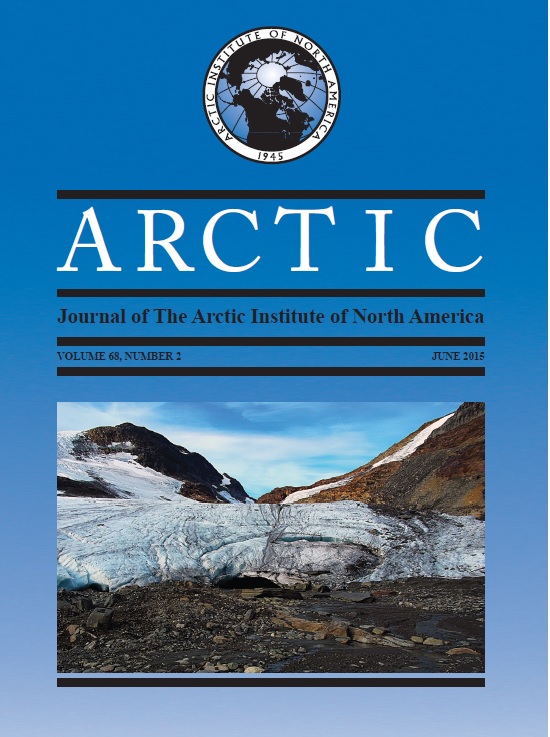Response of Lacustrine Biota to Late Holocene Climate and Environmental Conditions in Northernmost Ungava (Canada)
DOI:
https://doi.org/10.14430/arctic4487Ключевые слова:
chironomids, diatoms, biogenic silica, climate, northern lakes, UngavaАннотация
Sediment cores from three lakes located in the northernmost region of Ungava, Québec (Canada) were examined to define aquatic community and ecosystem variability during the Late Holocene period. A chironomid-based transfer function was used to reconstruct August air temperature trends, and lacustrine primary production was inferred from sedimentary biogenic silica content and siliceous microfossil abundances. Trends in primary production, sediment organic matter content (estimated through loss on ignition), and chironomid-inferred temperature were compared to explore potential effects of environmental change on biotic assemblage composition at centennial to millennial time scales. Although no direct correlation between chironomid-inferred August air temperature and primary production was observed, we found indications that both chironomid and diatom communities were responding to the same overarching regional climatic and environmental processes. Over the last decade, northern Québec has been undergoing notable, rapid warming that contrasts with the relative inertia of the past few millennia. This study provides a baseline against which recent and future environmental changes in this region can be compared.Загрузки
Опубликован
2015-06-05
Выпуск
Раздел
Articles


